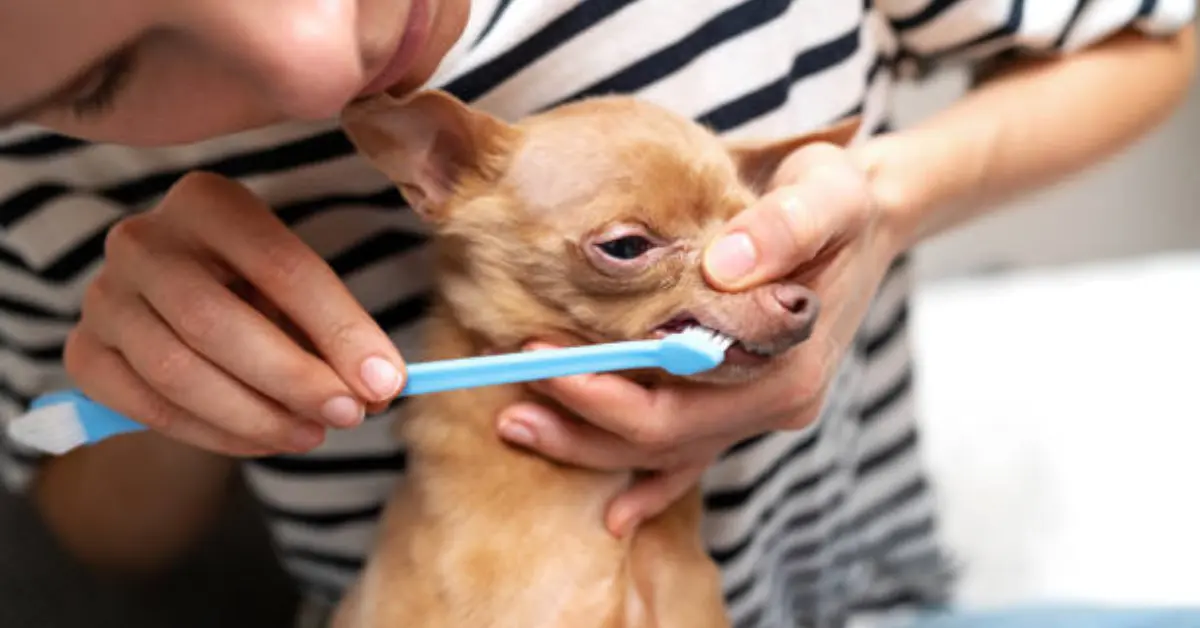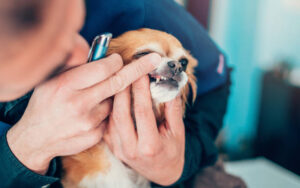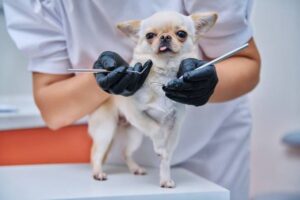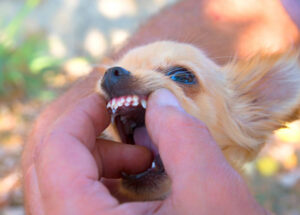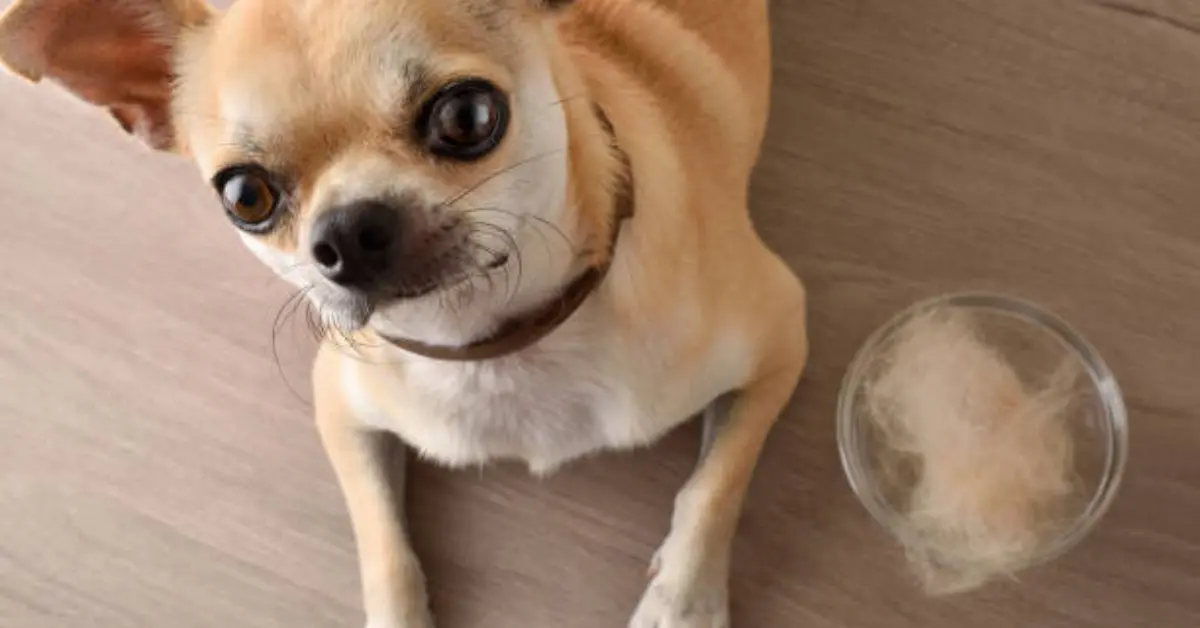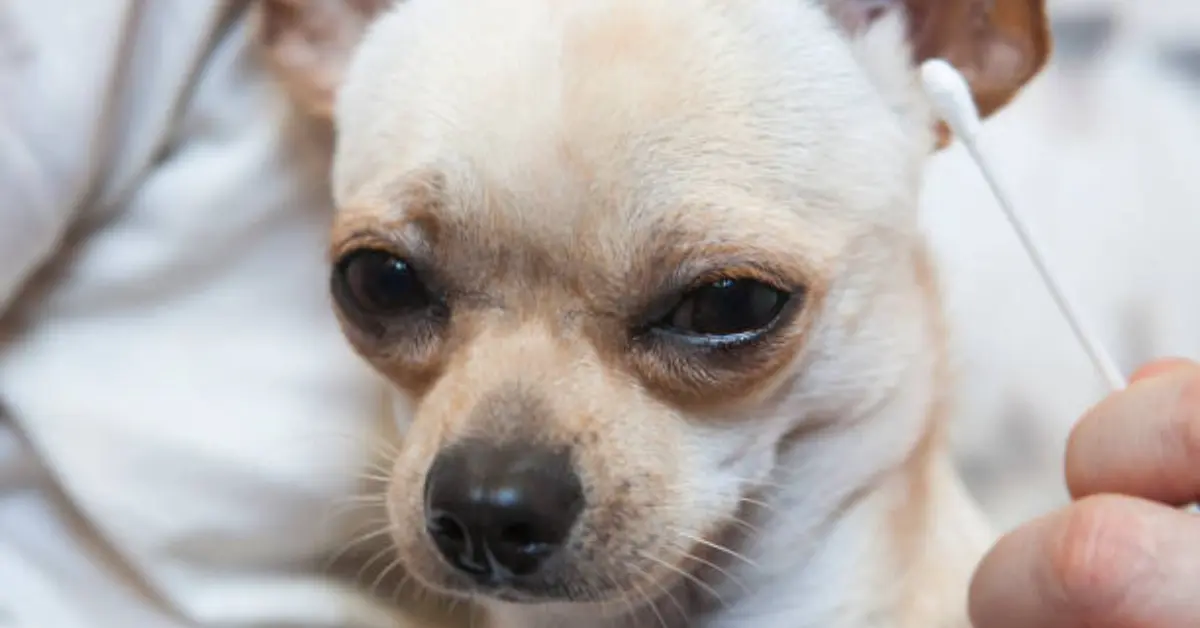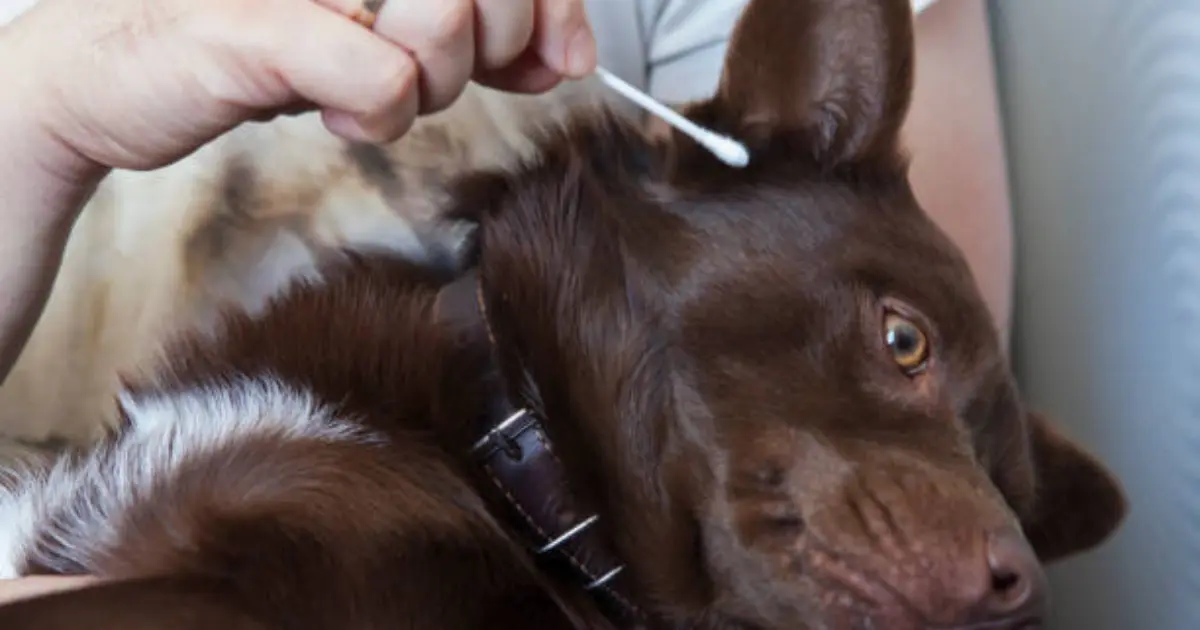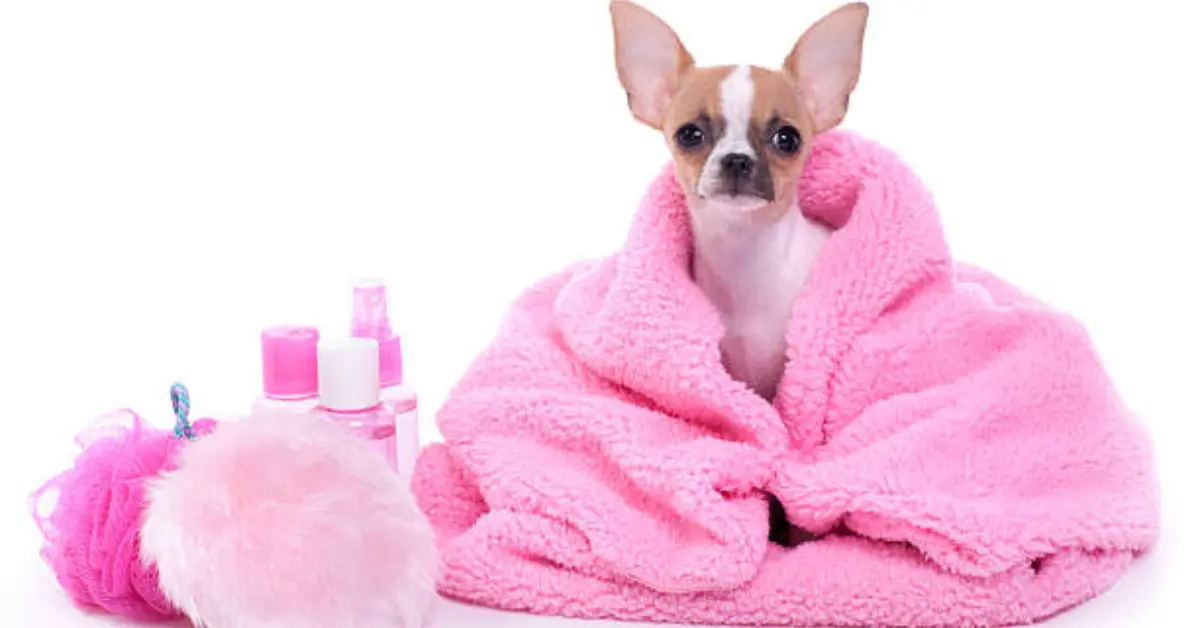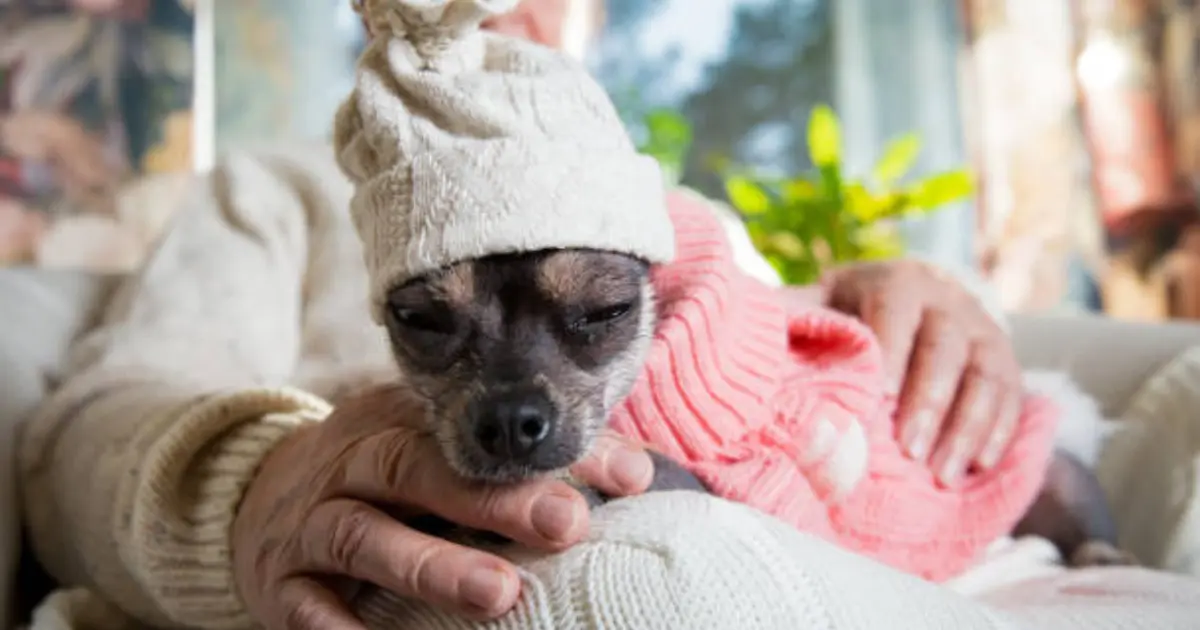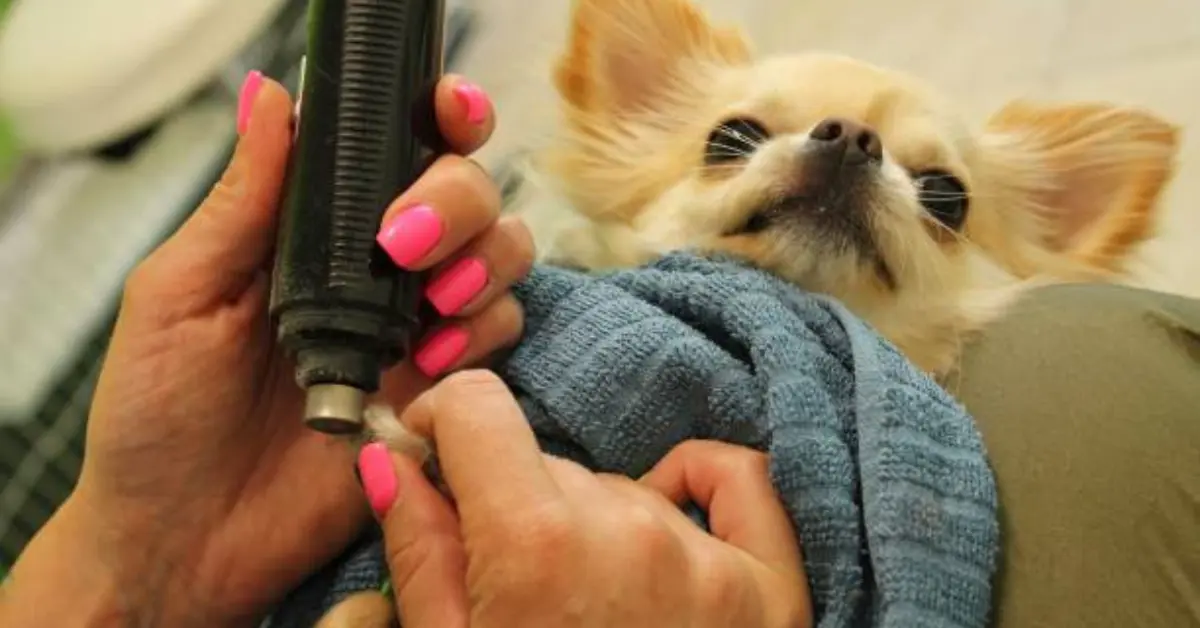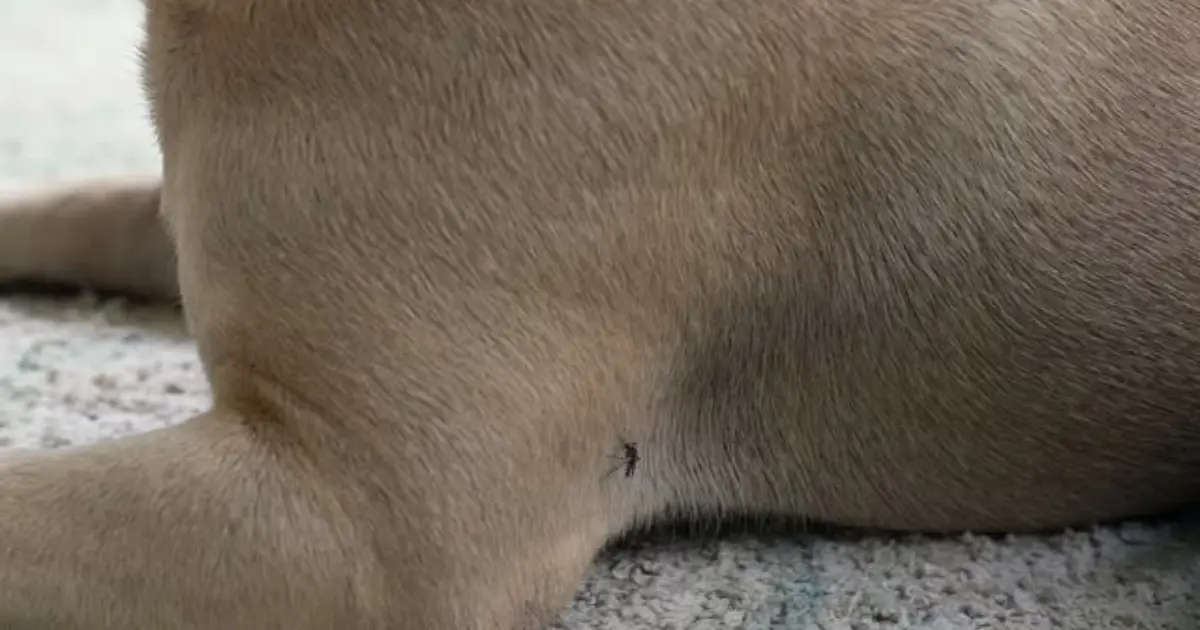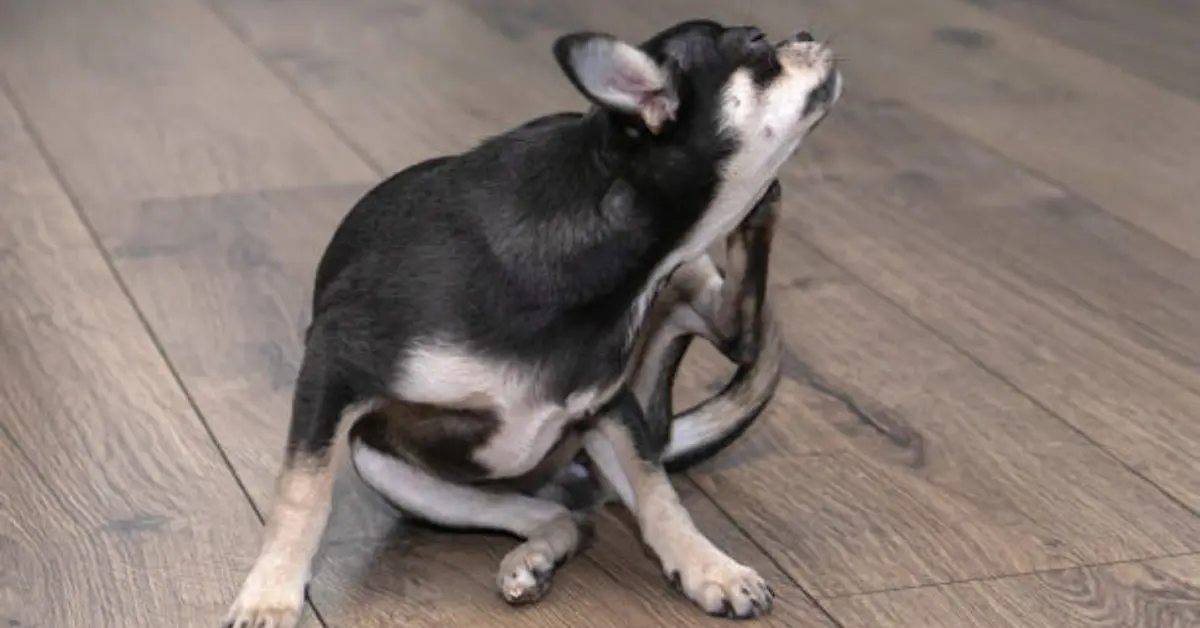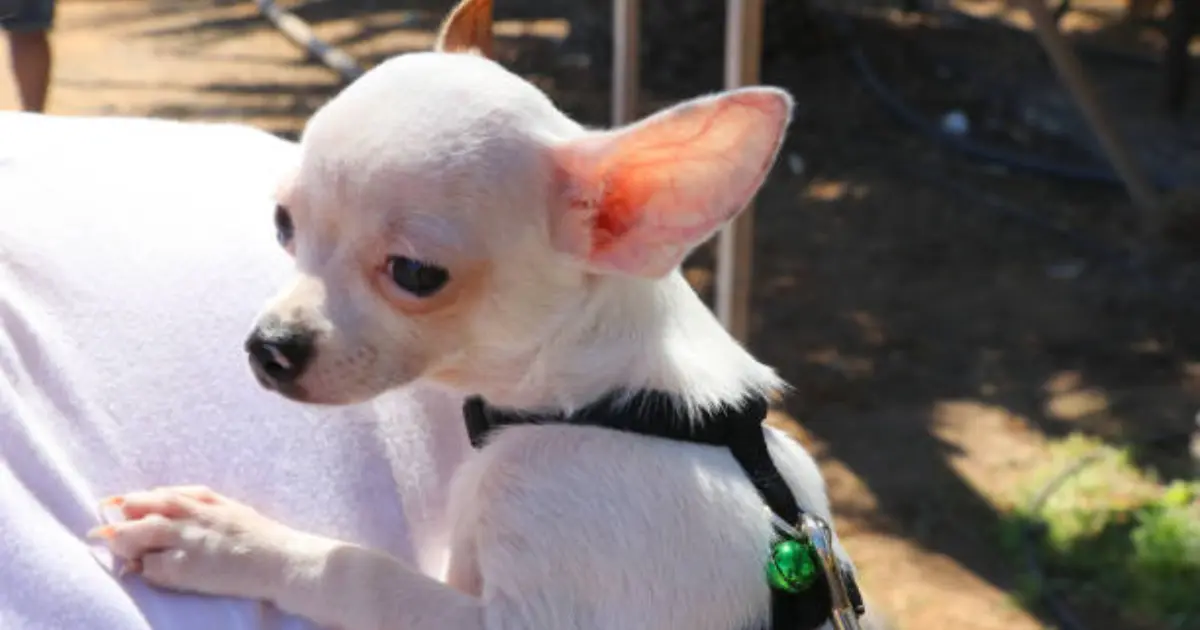The most typical health issue in chihuahuas is oral disease. Most canines and cats show signs of periodontal disease by the age of three. Periodontal disease has been connected in humans to a number of health issues, including diabetes mellitus and a worsening of diabetic complications. Renal, hepatic, and cardiac illnesses are all correlated with oral disease.
Periodontal disease, called also gum disease, is described by the American Veterinary Dental College as the formation of plaque as a result of bacterial buildup in the teeth. Plaque adheres to the teeth’s surface and becomes dental calculus (tartar), which is securely affixed to the teeth thanks to minerals in saliva.
The muscles that support teeth are harmed when there is a significant buildup of plaque and calculus below the gum line, and this can result in tooth loss. As a chihuahua owner, it is crucial to take good care of your Chihuahua’s teeth for this reason.
Advertisement
Why Chihuahuas tend to have dental issues
Small breed dogs, like chihuahuas, are more prone to developing dental problems. They have much greater tooth-to-jaw ratios, which causes overcrowding of teeth and makes chewing naturally more challenging. Less room between teeth causes plaque-containing bacteria to collect in difficult-to-reach places, which can lead to gum disease and tooth loss.
Diet has a significant impact on how dental illness develops. It takes dry canine food(which is abrasive to the teeth) to remove plaque from the teeth. Unfortunately, owners give soft diets without this abrasive action to their small dogs.
Signs Of Dental Disease In Chihuahuas
There is more than one element contributing to periodontal disease. Soft canines are another trait associated with the Chihuahua breed. Soft teeth are more susceptible to bacteria that can cause dental decay.
- Bad Breath
- Behavioral alterations
- loose teeth
- Teeth that are stained or tartar-covered
- Avoiding contact with the oral region
- Dropping food from the lips or drooling
- Loss of oral blood
- Appetite loss or weight decrease
Unfortunately, there are instances where bad breath is the only obvious clinical indication of oral disease. As a result, pet parents are occasionally unable to recognize the disease and give their pets the care they need. Due to this, periodontal disease is frequently not adequately addressed, which can result in a variety of issues with both the oral cavity and other organs.
Treatment Of Dental Disease In Chihuahuas
You need to take your Chihuahua to the vet if you notice any oral disease symptoms. Expert dental cleaning, which includes scaling and polishing, is the first step in the treatment of oral disease. General anesthesia is required for this operation. The practice of performing dental treatments while “awake” is not advised.
The doctor may need X-rays to evaluate the state of the chihuahua’s teeth and gums. Though there are a few methods that can be used to preserve your dog’s teeth, severely injured teeth may need to be extracted.
Prevention Approach
To avoid oral illness and enhance the health of Chihuahuas who already have some degree of periodontal damage, proper oral care at home is crucial. It is possible to reduce the frequency of expert dental cleanings with proper at-home oral hygiene. In order for your dog to tolerate oral manipulation during adulthood, it is crucial to establish an oral hygiene regimen early on in your chihuahua’s life.
The Best Way To Clean Your Chihuahuas’ Teeth
- Check the mouth of your chihuahua for any anomalies.
- Apply pet toothpaste with a small toothbrush or a piece of gauze.
- Never use mouthwash with human ingredients
- Brush closely along the line where the gum and tooth meet at the corner of the mouth with one hand raised.
- Make ensuring the toothpaste is evenly distributed across all of the teeth, and brush in an oval motion.
- Clean your chihuahua’s entire jaw, including your upper and lower teeth.
The video below may help:
Actions You Can Take To Support The Dental Health Of Your Chihuahua
- Purchase some chew toys and dental chews for your canine. These Chewable Brushless Toothpaste are great.
- When brushing your dog’s teeth, be constant. Daily is ideal but frequently difficult to do. Attempt to do so at least a few times per week.
- Feed mainly dry food to your Chi.
What About The Teething Stage
What will your Chihuahua baby experience during the teething stage? Puppies of chihuahuas are born without canines. Between five and six weeks of birth, their teeth will begin to erupt. Your dog will have a total of 28 puppy canines when they have all fully erupted.
Your dog will start teething when they are about five months old, and this is also the time that its mature permanent teeth will start to erupt. The smaller front teeth will likely fall out first when they lose their puppy teeth, then the premolars, molars, and ultimately the large canine teeth.
The puppy will probably just swallow the teeth because they are so small before the dog owner even realizes they are gone. The dog will have about 42 permanent teeth once teething is over.
Another prevalent dental condition in Chihuahuas is double teeth. Double or deciduous teeth are what occur when a person’s milk teeth remain in position while their canines erupt. You should start keeping an eye on your puppy’s dentition around the age of three months to see if this is taking place. When your chihuahua is being spayed or neutered, a skilled doctor will need to remove the teeth occasionally.
Last Word
Brushing at home is crucial and you need to start it at a young age. Use a good canine toothbrush and toothpaste from a young age to keep your Chi pup’s teeth robust and healthy. even if they are just growing and will eventually lose those teeth, begin brushing their teeth as soon as you notice them. This will be a great moment to start training because they are still susceptible to dental infections and decay.
It is beneficial to establish the practice of your chihuahua’s dental cleaning in your daily routine. Never use toothpaste or a toothbrush made for a mature human. It will take two to three minutes to clean properly. Be careful to have a firm grip while brushing, and work to calm your dog. Making it enjoyable is preferable to making it feel like a burdensome task.
Use a circular motion to brush all of the tooth’s exposed surfaces in the same manner that you would when brushing your own teeth. Your dog will accept it as a regular part of their daily regimen once they are familiar with it.
So how are the dentition on your dog? Do you presently take your Chihuahua to any dental offices? What do you do in that case? Let us know in the comments.
YOU MAY ALSO LIKE:
Chihuahua Puppy Teething: Stages, Symptoms, and Solutions
Helping Senior Chihuahuas Without Teeth
Advertisement

